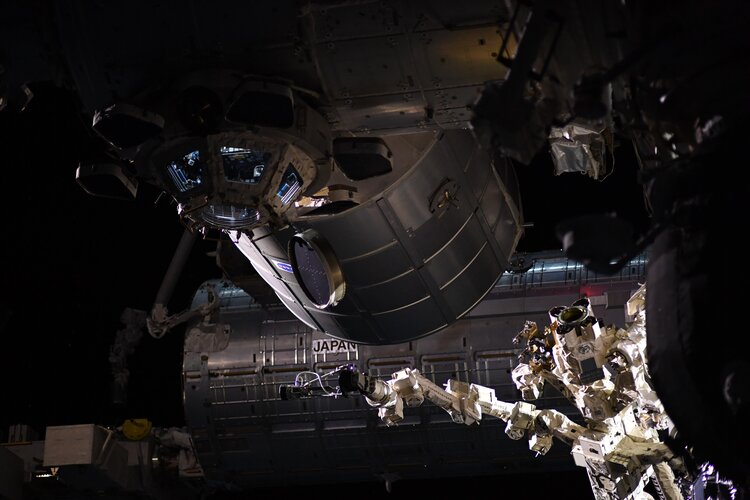
Copernical Team
Lucy mission prepares for launch to Trojan asteroids
 NASA has tested the functions of Lucy, the agency's first spacecraft to study Jupiter's Trojan asteroids, filled it with fuel, and is preparing to pack it into a capsule for launch Saturday, Oct. 16.
Named after characters in Greek mythology, these asteroids circle the Sun in two swarms, with one group leading ahead of Jupiter in its path, the other trailing behind it. Lucy will be the fir
NASA has tested the functions of Lucy, the agency's first spacecraft to study Jupiter's Trojan asteroids, filled it with fuel, and is preparing to pack it into a capsule for launch Saturday, Oct. 16.
Named after characters in Greek mythology, these asteroids circle the Sun in two swarms, with one group leading ahead of Jupiter in its path, the other trailing behind it. Lucy will be the fir Starfish Space raises $7M to develop Space Tug
 Starfish Space, a satellite servicing company founded by former Blue Origin engineers, has raised a $7M funding round co-led by NFX and MaC Venture Capital, with participation from PSL Ventures, Boost VC, Liquid2 Ventures, and Hypothesis.
Up until now, missions to service existing satellites on-orbit, like the Hubble Space Telescope, have been too large and expensive to be commercially via
Starfish Space, a satellite servicing company founded by former Blue Origin engineers, has raised a $7M funding round co-led by NFX and MaC Venture Capital, with participation from PSL Ventures, Boost VC, Liquid2 Ventures, and Hypothesis.
Up until now, missions to service existing satellites on-orbit, like the Hubble Space Telescope, have been too large and expensive to be commercially via Nasa's Lucy mission prepares for launch to Jupiter's Trojan asteroids
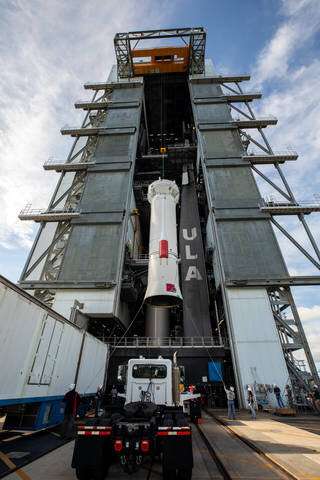
Ariane 6 launch complex inaugurated at Europe’s Spaceport
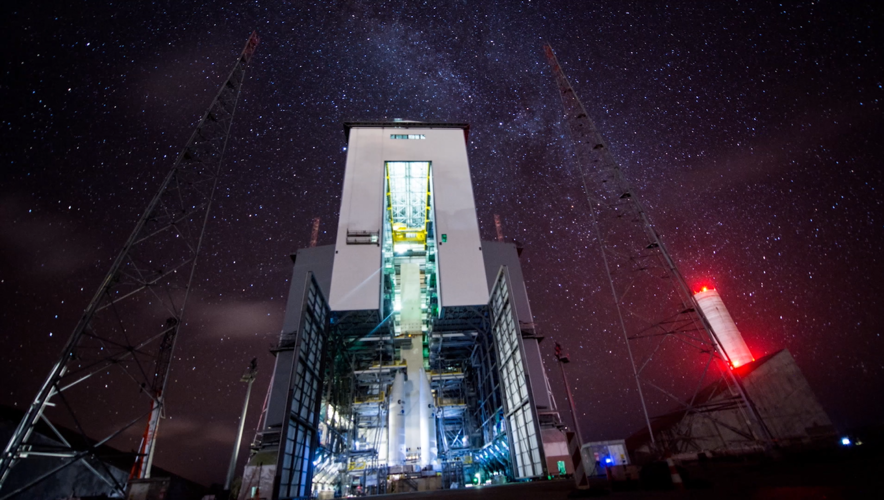
The new launch complex built for Europe’s upcoming Ariane 6 rocket is inaugurated at Europe’s Spaceport in French Guiana.
ESA orbiter will encounter Mercury October 1
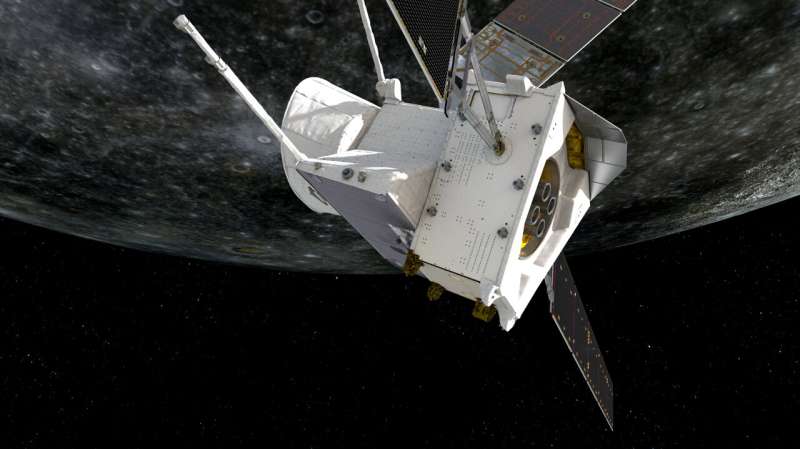
The ESA/JAXA BepiColombo mission to Mercury will make the first of six flybys of its destination planet on 1 October before entering orbit in 2025.
Hot on the heels of its last Venus flyby in August, the spacecraft's next exciting encounter is with Mercury at 23:34 UTC on 1 October (01:34 CEST 2 October). It will swoop by the planet at an altitude of about 200 km, capturing imagery and science data that will give scientists a tantalizing first taste of what's to come in the main mission.
Space for our Planet: Space Solutions for a Sustainable World

At ESA, we believe that we have a responsibility to use our space technologies, applications and services to benefit planet Earth and humankind. Some examples of how we do this are now on display in Paris and Brussels at a new exhibition called Space for our Planet: Space Solutions for a Sustainable World.
Node 3 | Space Station 360 (in French with English subtitles available)
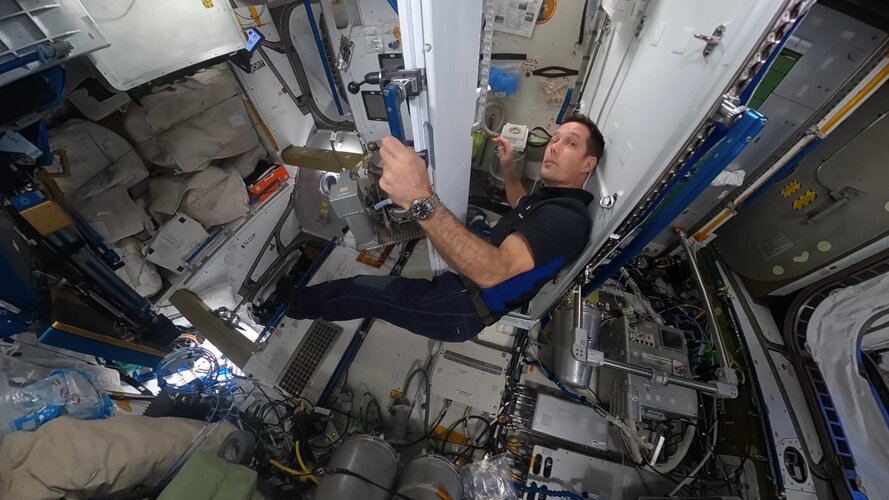 Video:
00:03:19
Video:
00:03:19
ESA astronaut Thomas Pesquet takes you on a tour of the International Space Station like no other. Filmed with a 360 camera, the Space Station 360 series lets you explore for yourself alongside Thomas’s explanation – episode six is NASA’s Node-3, also known as Tranquility.
Node 3 has cylindrical hull 4.5 m in diameter with a shallow conical section enclosing each end. It is almost 7 m long and, together with the Space Station’s observatory Cupola, weighed over 13.5 tonnes at launch. Built in Europe, Node 3 houses the life-support equipment, the toilet and equipment racks.
Follow Thomas:
Nation to deploy solar observation satellite
 China plans to launch its first solar observation satellite next month, according to a project insider.
Wang Wei, deputy director of the Shanghai Institute of Satellite Engineering at the Shanghai Academy of Spaceflight Technology, and project manager of the satellite, told China Daily on Sunday that the spacecraft is scheduled to be put into orbit from the Taiyuan Satellite Launch Center
China plans to launch its first solar observation satellite next month, according to a project insider.
Wang Wei, deputy director of the Shanghai Institute of Satellite Engineering at the Shanghai Academy of Spaceflight Technology, and project manager of the satellite, told China Daily on Sunday that the spacecraft is scheduled to be put into orbit from the Taiyuan Satellite Launch Center Hubble shows winds in Jupiter's Great Red Spot are speeding up
 Like the speed of an advancing race car driver, the winds in the outermost "lane" of Jupiter's Great Red Spot are accelerating - a discovery only made possible by NASA's Hubble Space Telescope, which has monitored the planet for more than a decade.
Researchers analyzing Hubble's regular "storm reports" found that the average wind speed just within the boundaries of the storm, known as a hi
Like the speed of an advancing race car driver, the winds in the outermost "lane" of Jupiter's Great Red Spot are accelerating - a discovery only made possible by NASA's Hubble Space Telescope, which has monitored the planet for more than a decade.
Researchers analyzing Hubble's regular "storm reports" found that the average wind speed just within the boundaries of the storm, known as a hi 
